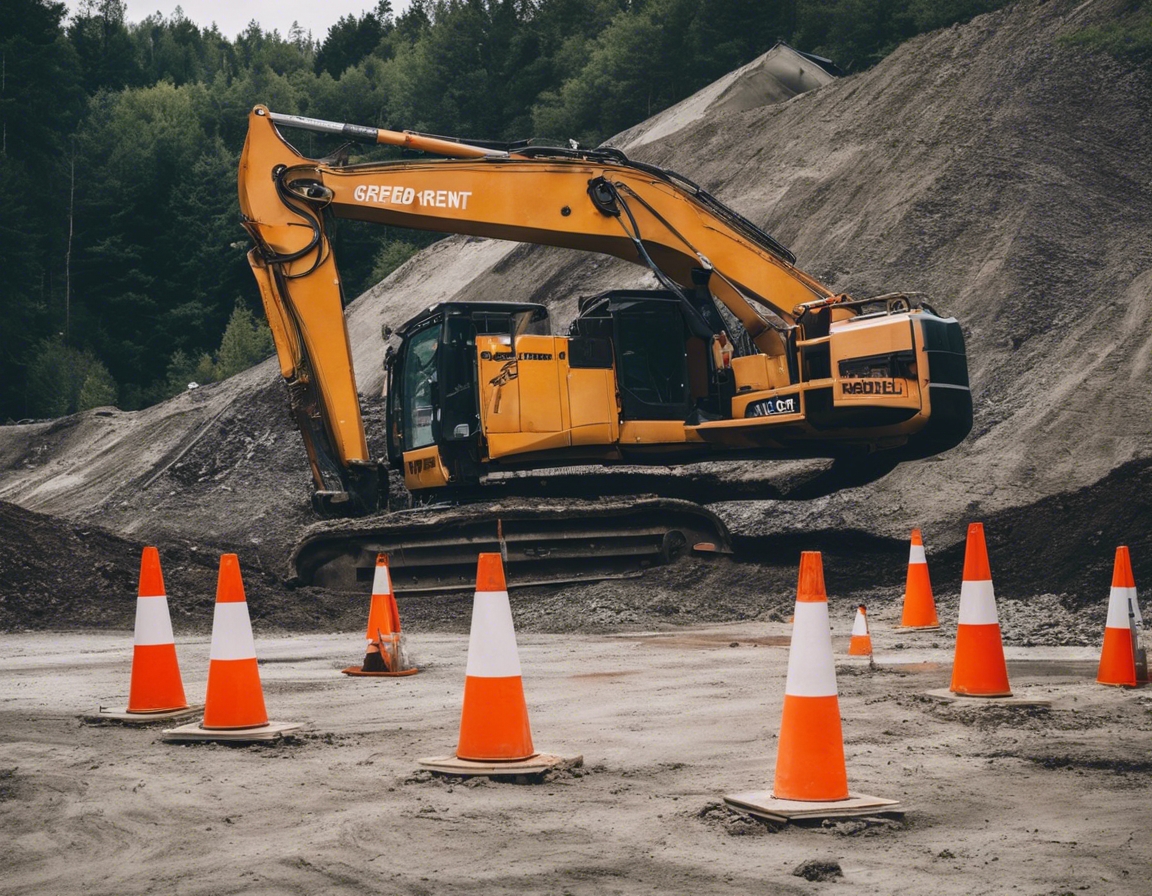The ultimate guide to efficient site development
Efficient site development is the cornerstone of successful construction projects, particularly for government bodies, commercial developers, and large-scale contractors. It involves a series of strategic steps aimed at delivering high-quality results within the constraints of time, budget, and environmental sustainability.
Understanding the Site Development Lifecycle
The first phase in site development is conducting a thorough initial assessment. This includes evaluating the site's geographical, environmental, and legal attributes to inform the planning process. A comprehensive plan outlines the project scope, timelines, resources, and budget.
Design and engineering are critical for creating detailed project blueprints. This stage involves architects, engineers, and designers working together to develop plans that meet client specifications and regulatory standards.
Navigating the complex web of regulations is essential for any site development project. Obtaining the necessary permits ensures that the project adheres to local, state, and federal laws.
Site preparation sets the foundation for construction. It includes tasks such as clearing, excavation, grading, and the installation of infrastructure like drainage systems.
The construction phase brings the project to life. It requires coordination of various trades and careful management of materials, equipment, and labor.
Quality assurance and control are vital to ensure that all aspects of the site development meet the established standards and client expectations.
The final phase involves wrapping up construction activities, final inspections, and handing over the completed project to the client.
Key Principles of Efficiency in Site Development
Sustainable practices are no longer optional but a necessity in modern site development. They ensure the longevity and environmental compatibility of the project.
Utilizing advanced technologies like Building Information Modeling (BIM) and Geographic Information Systems (GIS) can significantly enhance efficiency and accuracy.
Effective project management is the backbone of efficient site development, encompassing planning, execution, monitoring, and closure of the project.
A skilled workforce is essential for the successful execution of a site development project. Ongoing training ensures that the team is up-to-date with the latest industry practices and technologies.
Optimizing the supply chain can reduce costs and delays, ensuring that materials and equipment are available when needed.
Overcoming Common Challenges in Site Development
Environmental constraints can pose significant challenges. Effective mitigation strategies are essential to minimize impact and comply with environmental regulations.
Stakeholders have diverse interests and expectations. Managing these effectively is crucial for the smooth progression of the project.
Financial limitations are a reality for many projects. Careful budgeting and financial management can help in delivering a project within the allocated funds.
Safety is paramount in site development. Implementing rigorous safety protocols protects workers and the public, and helps to avoid costly delays.
Best Practices for Site Development Success
Identifying potential risks and implementing strategies to mitigate them is essential for the success of any site development project.
Continuous communication among team members and stakeholders, along with regular reporting, keeps everyone informed and aligned with the project goals.
Adhering to industry standards and regulations ensures that the project is compliant and up to the mark in terms of quality and safety.
After the completion of the project, evaluating the process and gathering feedback can provide insights for future improvements.






Comments (0)